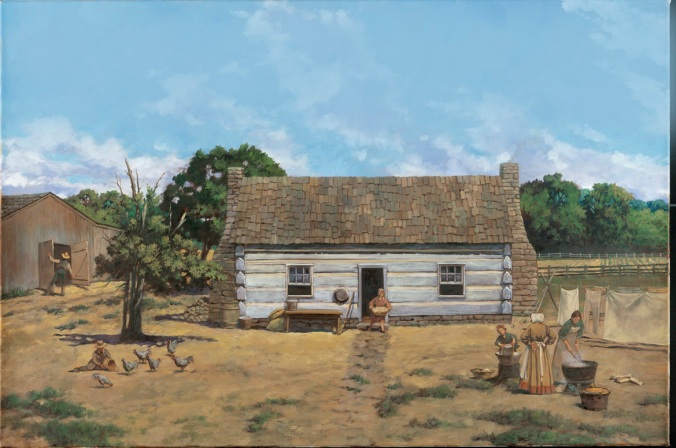From Russ Smith:
I first encountered the following story while transcribing the diary of Mary Gray Caldwell of Fredericksburg. On September 17, 1864, she recorded, “Day before yesterday, our city was astonished by the news that the son of one of our most respected citizens (Mr. Knox) had stolen $1,500 and, in company with another man who had stolen $800,000, had gone to the Yankees.” Further information was found in the Richmond Daily Dispatch and the Richmond Enquirer. Thanks to Beth Daly of the Central Rappahannock Regional Heritage Center who is a font of information on the Knoxes through her work with the Knox Family Papers. The Knox Papers will be published this spring by the Heritage Center and Historic Fredericksburg Foundation.
Thomas Stuart Knox was the second-oldest of six sons of Thomas and Virginia Soutter Knox. Earlier in the war he had enlisted in the 30th Virginia Infantry, but later found work in Richmond.
On Saturday, September 10, 1864, Captain Thomas Stuart Knox traveled north from Richmond. On his arm, wearing dark goggles, was a supposedly blind brother who Knox was escorting home to Fredericksburg. Knox had obtained the necessary passes from the Provost Marshal in Richmond, so their travel was uninterrupted. However, the pair didn’t stop at Fredericksburg, but pressed on hurriedly to Union lines!
Captain Knox and his perfectly sighted partner, George W. Butler, were absconding with a large sum of money stolen from the Confederate treasury. Knox, in his role as Commissary at Camp Jackson hospital, and Butler, who had been a Treasury Department pay clerk, had colluded to draw some $700,000 from the Treasury.* They had then exchanged the Confederate currency in Richmond for gold, Federal greenbacks, jewelry and just about anything else that would hold its value. (At this time, twenty-three Confederate dollars equaled one dollar in gold, so their total take was about $30,000.)
Butler had good reasons to abscond. Continue reading
















